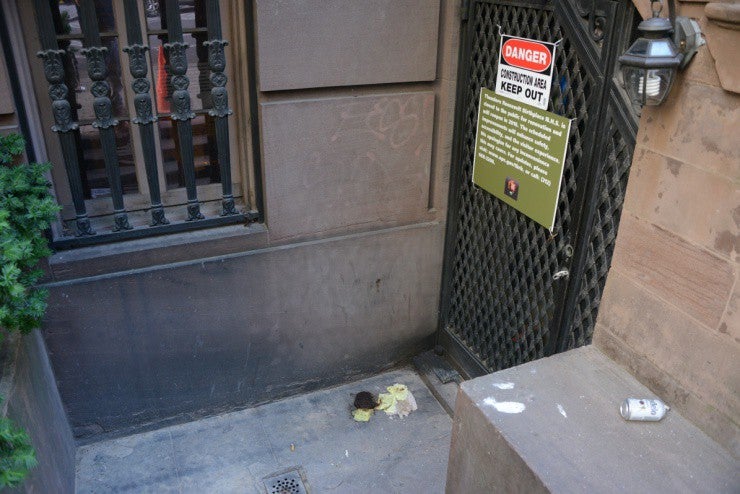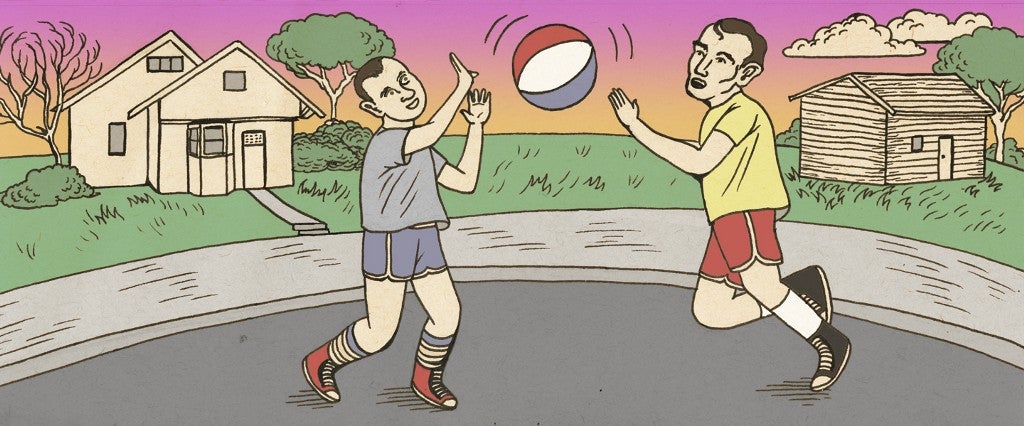Tomorrow, a candidate that a large proportion of the country despises will be elected the 45th President of the United States of America. Obsessively checking the latest polls, getting in fights on Facebook or preparing an emergency go-bag in case your side loses will only add to your anxiety. Ignoring the situation entirely requires a level of inner calm that, clearly, almost zero Americans possess.
LA’s Center for Land Use Interpretation (aka CLUI) is here to help. For their current exhibit, Executive Decisions: The Personal Landscape Legacy of American Presidents, the center’s staff spent almost a year traveling to every single presidential birthplace, home museum, official library, and memorial across this great nation, taking pictures and absorbing the weird facts of our erstwhile commanders-in-chief as they went.
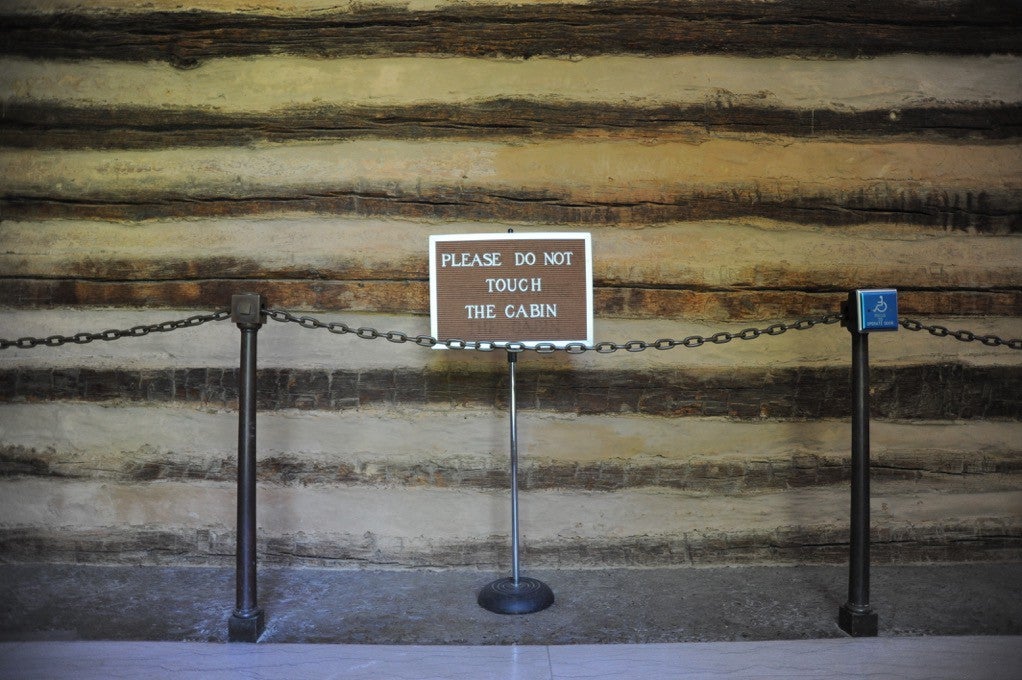
Why? It’s kind of what CLUI does. It’s an institution dedicated to “the manmade landscape,” whether that means mapping the hidden oil-production infrastructure of Los Angeles, cataloguing the nation’s cave museums or just talking about how weird golf courses are. They also own a bunch of buildings in a former airbase on the edge of some salt flats in Utah — they’re big on deserts.
So for this heated election year, the center’s founder and director, Matthew Coolidge thought that it was worth taking a look at how the lives of past presidets are being remembered. As he wrote in the introductory note to the show, “a president’s outsized stature as an individual, and as the interpreter-in-chief of America, can make for interesting terrestrial manifestations.”
And how! You can see the show at the center’s headquarters, in a vine-covered building in Culver City, or online, but both work pretty much the same way — you click on a president, then begin a slideshow journey through all the historic sites that make up their lives.
There’s the reservoir in New Hampshire, Franklin Pierce Lake, that currently submerges the log cabin where the 14th president was born:
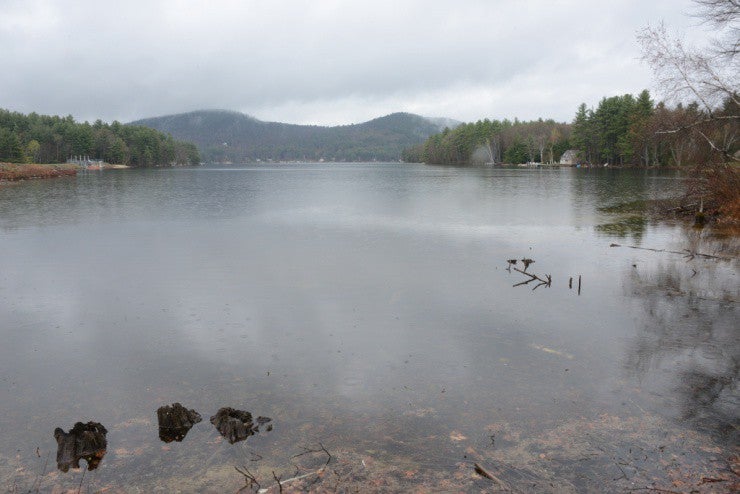
There’s the replica of the jumbled-up re-creation of Abraham Lincoln’s log cabin — a traveling showman in the 19th century bought the original and went around displaying it side by side with the childhood cabin of Jefferson Davis, president of the Confederacy, and ended up confusing the Union logs with the Rebel, before ending his life in an insane asylum:
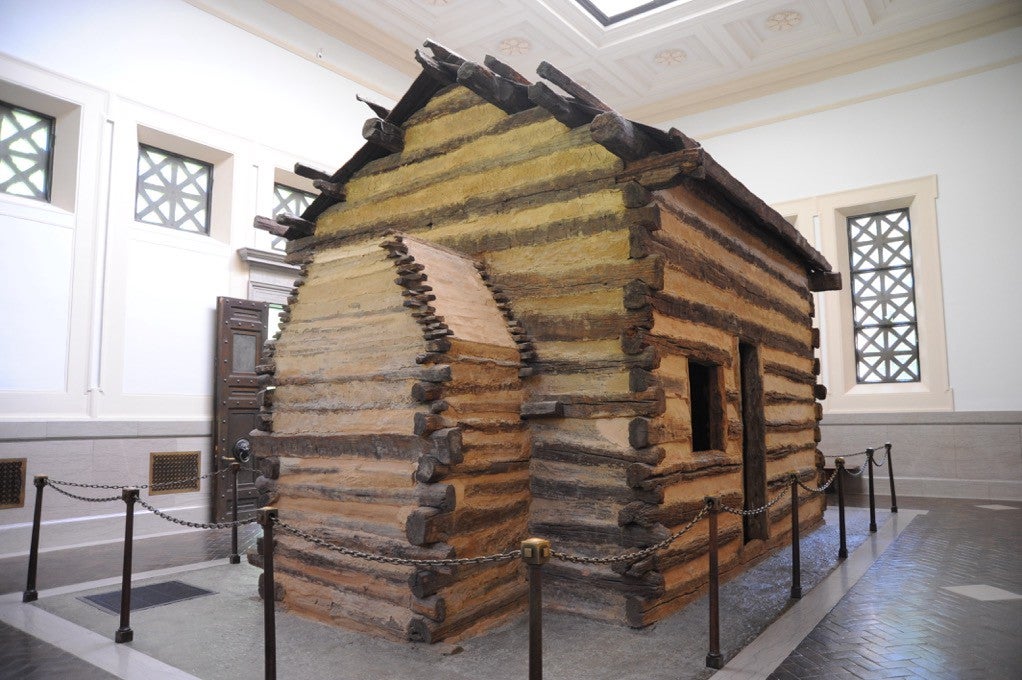
There’s the Richard Nixon memorial complex in Yorba Linda, CA, complete with childhood home, official library and museum, and final resting place:
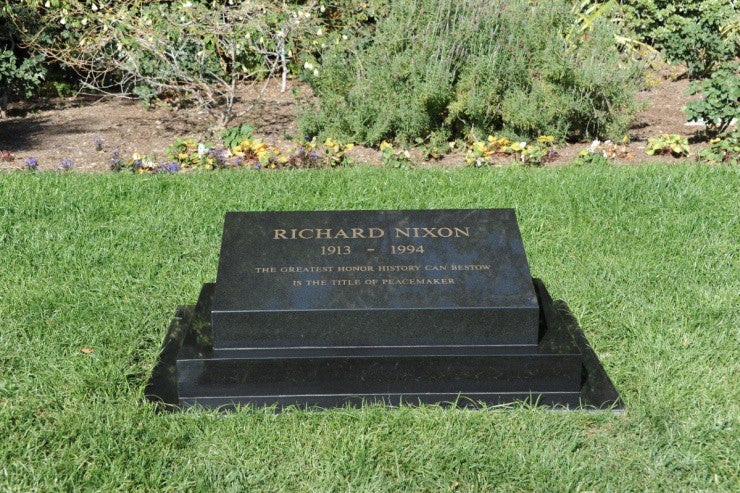
Each presidential slideshow contains a story: This guy was born somewhere, then got some kind of job, then maybe another, then was president, then died (sometimes at the same time). And you do see trends emerge: There was log-cabin fever for a while in the 19th century, and the idea of a “presidential library” only began with FDR, and has only become more grandiose and stage-managed since. But the show as a whole doesn’t have a central narrative. CLUI isn’t trying to teach you anything in particular — it just presents the pictures, presents the facts and lets you draw your own conclusions.
Which is almost the opposite of electoral politics, with its nonstop barrage of rhetoric and fact-massage. What could be more enjoyable, and more soothing, than learning that Calvin Coolidge’s birthplace in Plymouth, Vermont, has been turned into a town-sized preserve in his memory, and that preserve makes and sells its own cheese?
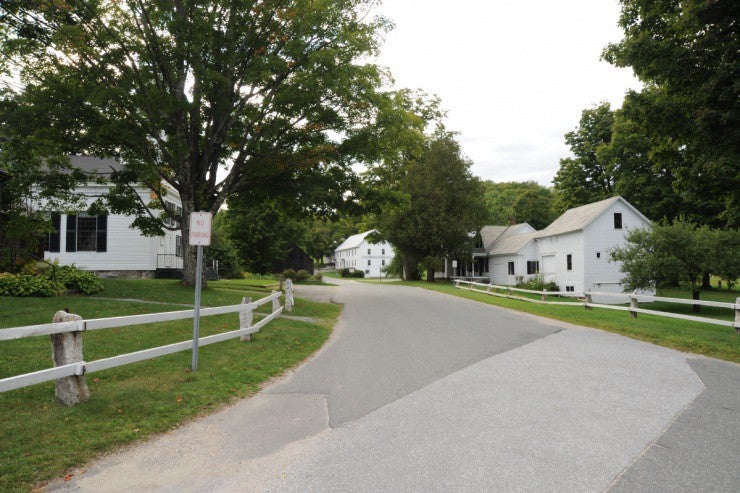
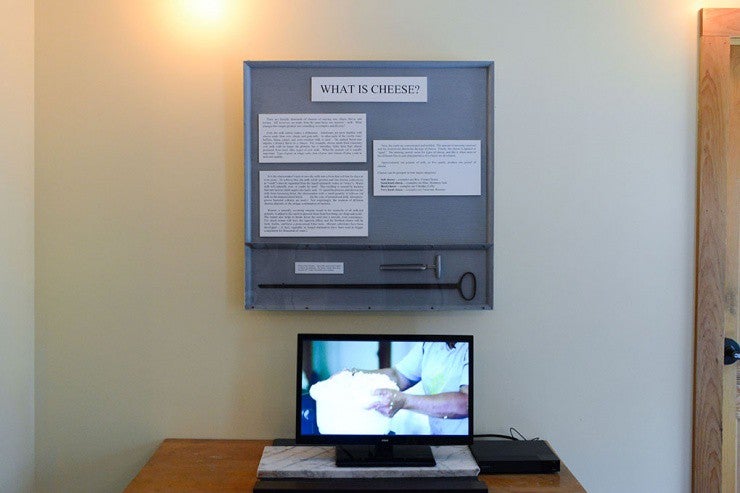
Or that the childhood home of George H.W. Bush in Milton, MA, is currently owned and occupied by a family who disagrees with his politics, and refuses to sell it so that it can be turned into a Bush museum?

Or better yet, that the original kitchen cabin where Andrew Johnson was born is still standing in Raleigh, NC, but has been moved a mile away from its original location — and that there’s also a replica of that kitchen cabin 300 miles away, in Greeneville, TN, but it got the location of the window and the chimney wrong?
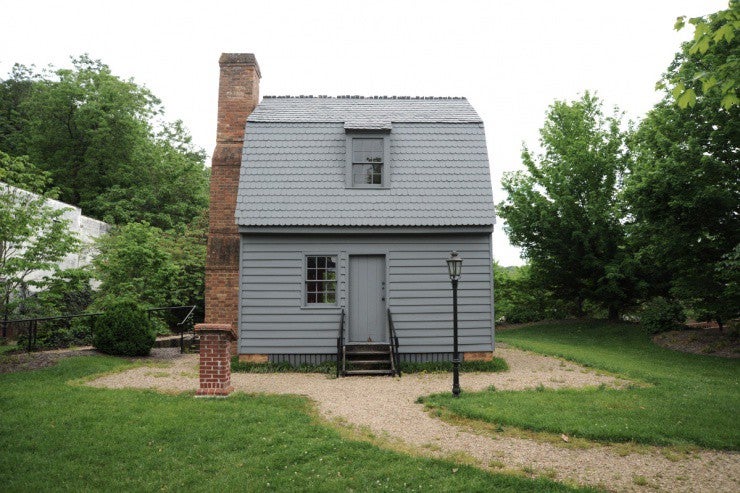
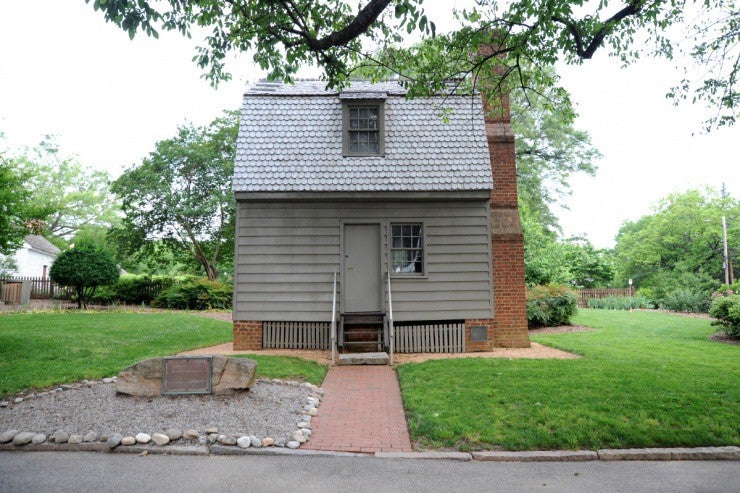
CLUI shares a building with the similarly eccentric Museum of Jurassic Technology, LA’s semi-famous meta-museum of natural history. Like its Jurassic neighbor, the center creates exhibits that are as much about how other people create exhibits as anything else. Executive Decisions works as a deadpan critique not only of the mystique of the Highest Office in the Land, but also of the tourist and historical industries that promote it.
The more popular presidents tend to have the most elaborate mytho-tourist infrastructures built around them. The website of Mount Vernon has an article explaining how the story of Washington cutting down a cherry tree was invented by his first biographer, but still, in the real-life Mount Vernon, there are two rows of benches set up in front of a cherry tree stump.

But only the presidents of the 20th century have had a hand in creating their own library/museum/memorial complexes. At Reagan’s spread in Simi Valley, visitors get to see a fake boulder that Walt Disney Studios made to house microwave motion sensors as part of the Gipper’s domestic security system.
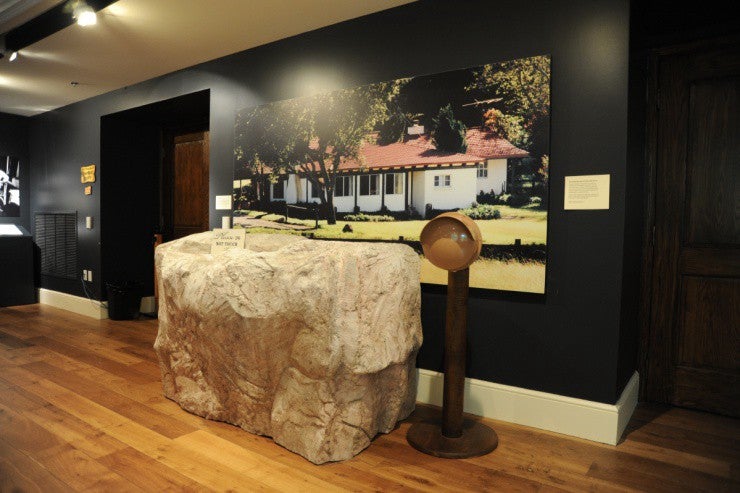
Sometimes, the official stories of the libraries butt up against the weirdness of the smaller birthplace and home museums. Bill Clinton’s Little Rock complex features a main gallery designed to imitate the Long Room of Trinity College Dublin, which Clinton visited while a Rhodes Scholar at Oxford, calling back to his international intellectual pedigree. It looks very nice.
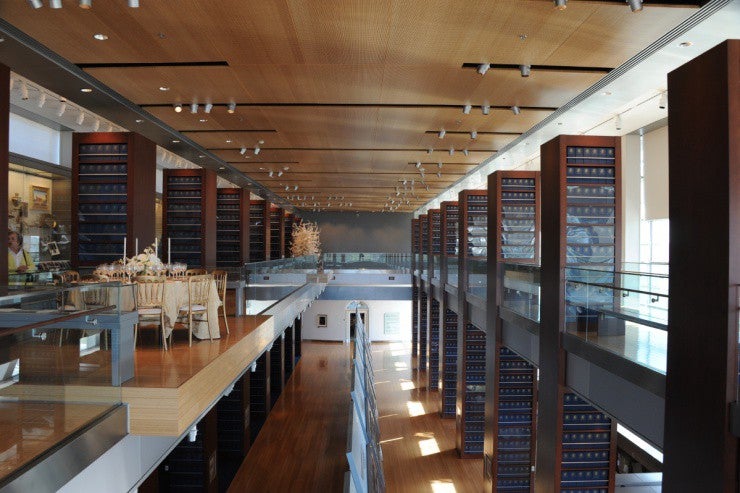
But the train station and visitor center of Hope, AK, which has been turned into a homespun Clinton museum, is full of weird touches that would never pass institutional review. Like Hillary hanging out in the ladies’ room:
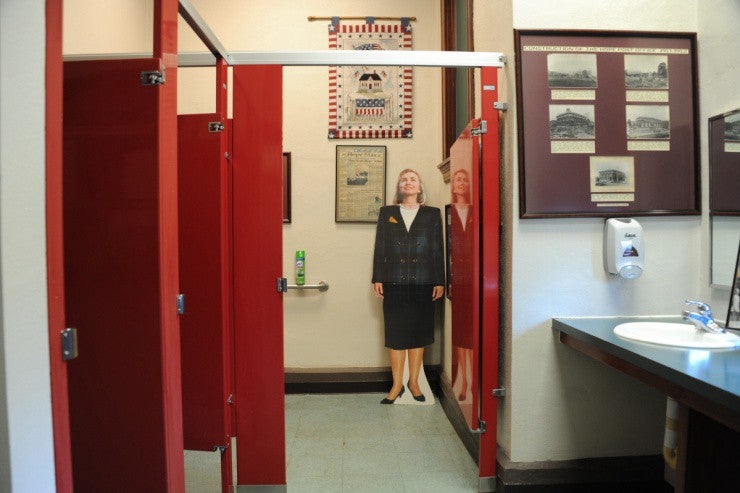
The White House itself is omitted from each president’s timeline, since it would get a little boring (plus the very public home office is hardly “personal” to each president), but at Truman’s complex in Kansas City, you can see a historically accurate replica of the Oval Office as it looked when he was president — a kind of executive interior decorating time capsule that every president has included in their own library/museum complex since.

It’s hard to say why, exactly, all of this is so interesting. The mundanity of the birthplaces and house museums, especially the homelier ones, seems to contain the promise of democracy — the president might be the most powerful person in the country, but they, like you, were born somewhere normal. The pomposity of the libraries and tombs seem to call up the opposite — the total lack of humility that marks America’s idea of itself, the depth of feeling that these people we never meet can inspire, the egomania of “legacy building” through fawning fake museums.
But today, at least, it’s comforting to think that no matter what happens tomorrow, the country will probably go on electing a new strange, boring American into office every four or eight years, and building strange, boring museums about them for decades afterward.
And for some of us, it’s comforting to realize that presidents who are born and live in New York City tend to get shafted on memorials, no matter how important they seem to history. Chester A. Arthur — not exactly the biggest deal — lived and died above what’s become Kalustyan’s, a favorite spice shop for NYC chefs. All that’s left is a tiny plaque next to an ATM:
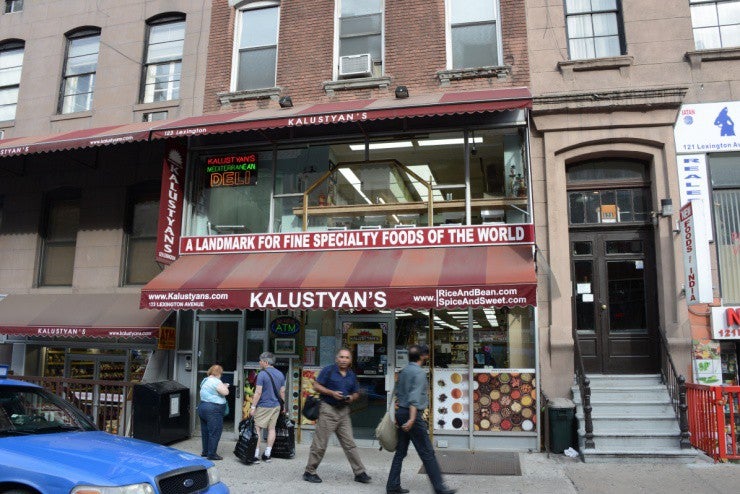
And even though Teddy Roosevelt may have done the most to protect and alter the natural landscape of the nation while in office, all he gets is a little sign by a brownstone. It’s been renovated to look like it did when he lived there, but it really just looks like any other brownstone in Manhattan. Graffiti and, uh, “will of the people,” included:
